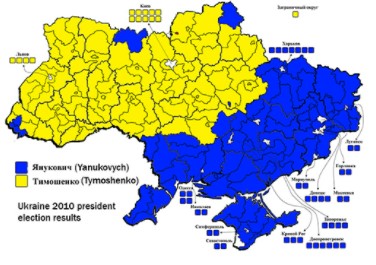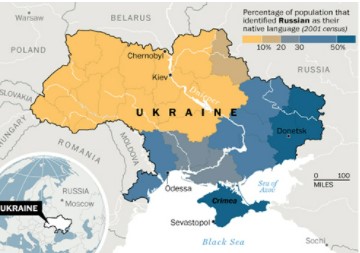
The US National Institutes of Health (NIH) has continued funding risky gain-of-function research (GoF) on potential pandemic pathogens, newly disclosed information reveals. The US government medical research agency has funded scientists to study avian influenza (bird flu) which does not transmit among humans. However, the NIH projects aim to make avian influenza viruses able to transmit among mammals and assess their pandemic potential as a possible threat to humans.
Gain-of-function (GOF) studies improve the ability of a pathogen to cause disease by increasing its virulence and transmissibility. These dangerous experiments have not been terminated even though COVID-19 has been suspected to be the result of such NIH-funded GoF research in the Wuhan Institute of Virology.
Instead of terminating all GoF research since the pandemic started NIH and its sub agency – the National Institute of Allergy and Infectious Diseases (NIAID), have continued their financial support for the following GoF studies: Transmissibility of Avian Influenza Viruses in Mammals (NIAID support ended in August 2021); Centers of Excellence for Influenza Research and Surveillance (CEIRS) (NIAID support ended in March 2021). The third one: Mimicking evolution to define mechanisms of airborne transmission of H7N9 viruses, started on 2nd September 2021 and is ongoing.

H5N1, a highly pathogenic avian influenza virus, does not transmit among mammals. The researchers aim to make the virus able to transmit in order to assess its pandemic potential.
According to the project’s description, “no sustained human-to-human transmission has yet been reported. Several attempts in the past to select transmissible H5 viruses (which typically do not transmit among mammals) were not successful”. That is why the researchers “plan to passage non-transmissible viruses of different genetic backgrounds in ferrets (an established influenza virus transmission model) to select transmissible mutants”. Selected mutations will be characterized for their biological effects and the potential of H5N1 to transmit in mammals.

The project includes studies on animal influenza viruses with pandemic potential. No further information has been provided.

According to the description provided for Project 1R21AI144135-01: “The Asian lineage H7N9 avian influenza viruses (AIV)… have not spread in humans; however, there is a high potential for these viruses to evolve to transmit via the airborne route and cause a pandemic… Viruses carrying the H7N9 HA and NA on the A/PR8 vaccine backbone will be generated. Mutations will be introduced into the HA and NA gene segments…we will evaluate the replication kinetics of recombinant H7N9-A/PR8 viruses for their growth in primary human airway epithelial cells. Primary human cells will include nasal, tracheal, bronchial, and small airway epithelial cells.” The researchers want to make the virus able to transmit via the airborne route in order to assess the pandemic potential of H7N9 viruses.
These last NIH-funded experiments are just a small part of many controversial lab studies approved by the agency. One of them was the risky bat coronavirus research in China which is under investigation in the US for a possible link to the COVID-19 pandemic.
Despite repeated denials from NIAID director Dr. Antony Fauci including before Congress, NIH finally acknowledged last year that US did fund GoF research on bat coronaviruses in Wuhan from where the pandemic started and spread across the world. The $3.7 million grant was awarded to the US non-profit organization EcoHealth Alliance. In a letter to U.S. House of Representatives NIH states that EcoHealth Alliance violated Terms and Conditions of NIH grant AI110964 and failed to report all its activities in China. According to the NIH letter, a “limited experiment” was conducted in order to test if “spike proteins from naturally occurring bat coronaviruses circulating in China were capable of binding to the human ACE2 receptor in a mouse model.”
This is much bigger than Dr. Fauci – it involves the entire US government: US Congressman
Following the release of a House Intelligence Committee report stating that “significant circumstantial evidence” supports the lab leak hypothesis, Rep. Mike Gallagher urged members of Congress and members of the media to more closely scrutinize additional US funding streams that sent taxpayer dollars to EcoHealth Alliance. According to the congressman, “If you start to do basic research, it quickly becomes apparent that this is much bigger than Dr. Fauci – it involves the entire US government”.
EcoHealth Alliance has received $112.1 million in total in US government funding since 2003, according to information obtained from the US federal contracts registry. Among its main sponsors are NIH through NIAID and the Pentagon through the Defense Threat Reduction Agency (DTRA). The projects’ objectives are discovery and assessment of viruses with pandemic potential mainly in Africa and Asia.
NIH grants:

Pentagon grants:

















